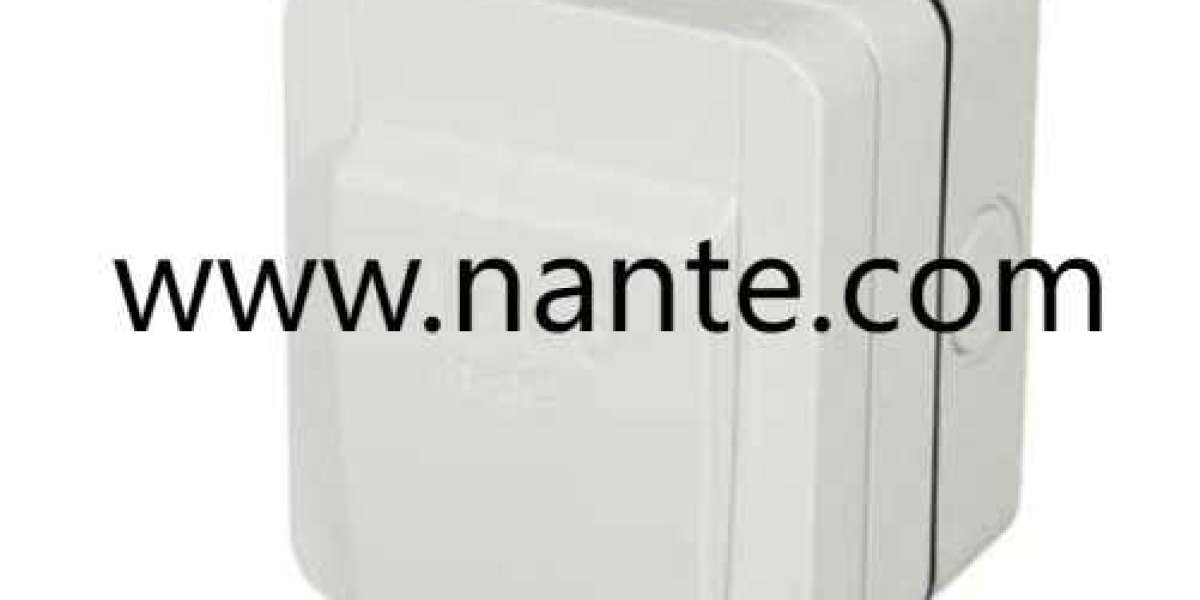When a household or studio rescues an old Socket Box from a dusty shelf, the item becomes the starting point for creative reuse that blends function with personality. Upcycling these housings suits people who prize sustainable choices and who enjoy hands on projects that refresh living areas. With modest tools and attention to safety, a former electrical enclosure can transform into a lamp base, a charging station, or a tidy hub for craft tools while keeping surfaces neat and easy to service.
Start by making safety the first check. Remove any live wiring, cap conductors properly, and confirm that metallic parts are free of conductive residue. If the case once held terminals, seal entries and replace worn gaskets so moisture cannot collect once the object leaves storage. That precaution keeps a project free of hidden risks and lets the maker concentrate on design and fit rather than remediation.
Functional options suit many tastes. A shallow box becomes a shelf mounted docking station when fitted with a felt liner and small pockets for cables. A deeper unit accepts a recessed planter with drainage managed through a sealed cavity below so soil does not contact metal surfaces. For a mood lamp, fit a low heat LED module inside and route a discreet cord through a strain relieved entry. These approaches turn service hardware into purposeful décor without heavy fabrication.
Appearance matters when an item moves from utility to display. Sanding briefly, then applying a chalk finish or heat tolerant paint unifies the face with surrounding furniture. Magnetic trim panels let the owner swap accents quickly so a wall tone change does not require new hardware. If texture appeals, adhere a wood veneer or a metal mesh that echoes an industrial theme while hiding fastening points and retaining easy access for maintenance.
Workshop uses scale well. A box fitted with labeled compartments can hold bits and blades in a neat array and mount under a bench to free tabletop space. Add small strips of foam to protect sharp items and mount a tilt latch so the unit stays closed during heavy tasks. When mounted at a reachable height, the former enclosure makes routine work faster and keeps small parts from scattering across a shop floor.
Outdoor adaptation needs careful sealing. Use replaceable gaskets and captive fasteners so the unit stays serviceable after repeated weather exposure. Elevate a box above soil level and fit a drainage tray beneath any planters. For garden lighting, route cabling through a sealed gland and use low voltage LED fittings that produce little heat. This preserves performance while extending the life of finishes and seals.
Smart upgrades bring modern convenience. Install a small power bank inside for charging devices in remote rooms, or add a simple switch that controls integrated LEDs. Wireless modules that report battery level or lamp state can be hidden in a compartment without altering a tidy face. Keep user interactions simple and mark any active controls clearly so guests know how to operate the piece safely.
Documentation and labeling matter even for hobby projects. A quick sketch of modifications and a note about any sealed entries helps future owners or service technicians understand what lies behind a face. Include torque values for any reinstalled fasteners and keep spare gaskets in a small envelope attached inside the lid so maintenance stays straightforward when wear appears.
Community trends make such projects social as well as personal. Local maker groups and neighborhood tool libraries often host swap meets that trade parts and lend specialized equipment for difficult cuts or finishes. Sharing a finished piece online or at a garage sale helps spread the idea that humble hardware can gain new life and reduce waste when thoughtfully repurposed.
If you want inspiration for safe creative uses or need basic safety guidance before starting work, review manufacturer background notes and product outlines for typical enclosures. For visual references and background content visit https://www.nante.com/ where product context and images give an easy way to match a rescued housing to a suitable project and to check common dimensions and mounting features before you begin.





